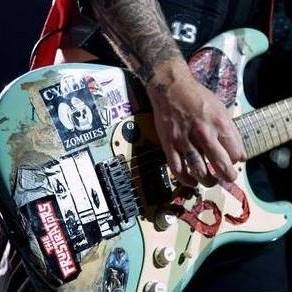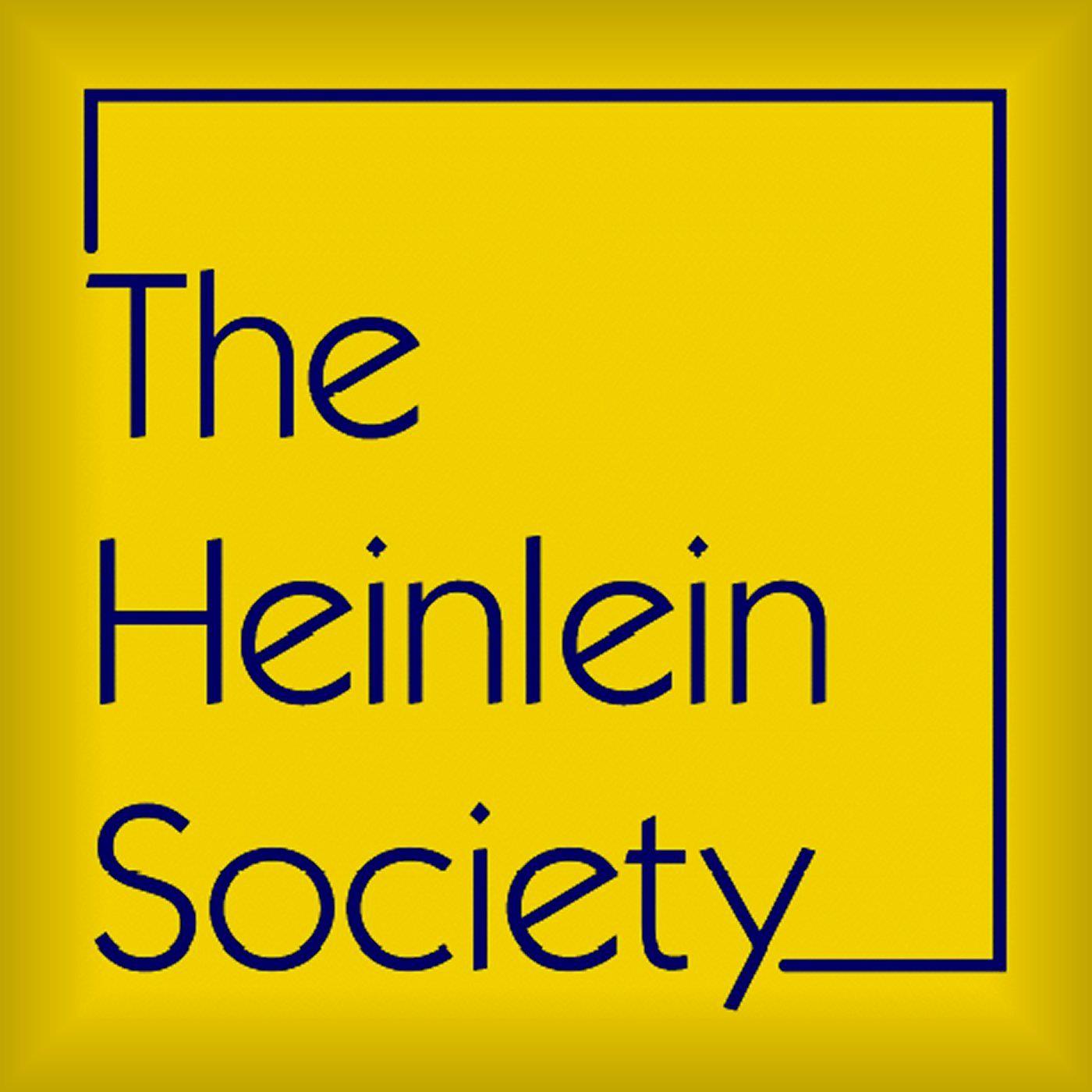Ginny also started working with the local little theater group, acting as wardrobe mistress for their production of Arthur Miller’s The Crucible and then for The Tea House of the August Moon.
Ginny’s actors and behind-the-scenes staff from the little theater were a mix of raw amateurs and seasoned semi-professionals, and Robert was usually ready to quit work for the day when Ginny brought them home with her in February of 1955. He must have listened thoughtfully as the new-to-him shop talk circled around. At some point it must have occurred to him that a theatrical background might give his next book just the novelty twist he needed. He asked leading questions—about makeup and other details he might use—and soaked up the theatrical lore that flew around the room without any prompting from him. The book that came out of all this, Double Star, turned on an actor hired to impersonate—double for—a politician who has been kidnapped to precipitate an interplanetary crisis—and matures into a thoughtful adult by this experience.
Double Star is one of Heinlein’s most charming entertainments, one of several masterworks of his 1950s, written ingratiatingly with what he called “the heroic hijinks with which the story is decorated, such as kidnapings and attempted assassinations,” lifted from English, Roman, and Chinese history (but mostly based on the long literary tradition of doubles, from The Man in the Iron Mask to The Prince and the Pauper). Heinlein had reached in his writing for young people a pinnacle of skill in seducing and pleasing his readers, gently teaching without seeking to challenge. Although Double Star was nominally written for adults, it fits comfortably with the juvenile novels he was writing at this period. Speaking of Double Star, Heinlein later defined his “pedagogical” intent:
“I think that a person with enough empathy to recognize and respect a horse as part of the Living Tree with a personality and feelings of his own is more likely thereby not to join in a lynch mob.”
“I may be entirely mistaken in this; I have no scientific proof. But it is a theme which has run consistently through all my stories … the theme that the human race is not alone in this universe and it had better get over its xenophobia … the notion that human beings should seek to find friends among other types of beings and not automatically assume that they are enemies.”
The book was finished by March 23 and edited for the typist three days later—less than a month before they were scheduled to leave for a trip to Europe.
Robert A. Heinlein: In Dialogue with His Century, Volume 2: The Man Who Learned Better (1948-1988) by William H. Patterson Jr.

